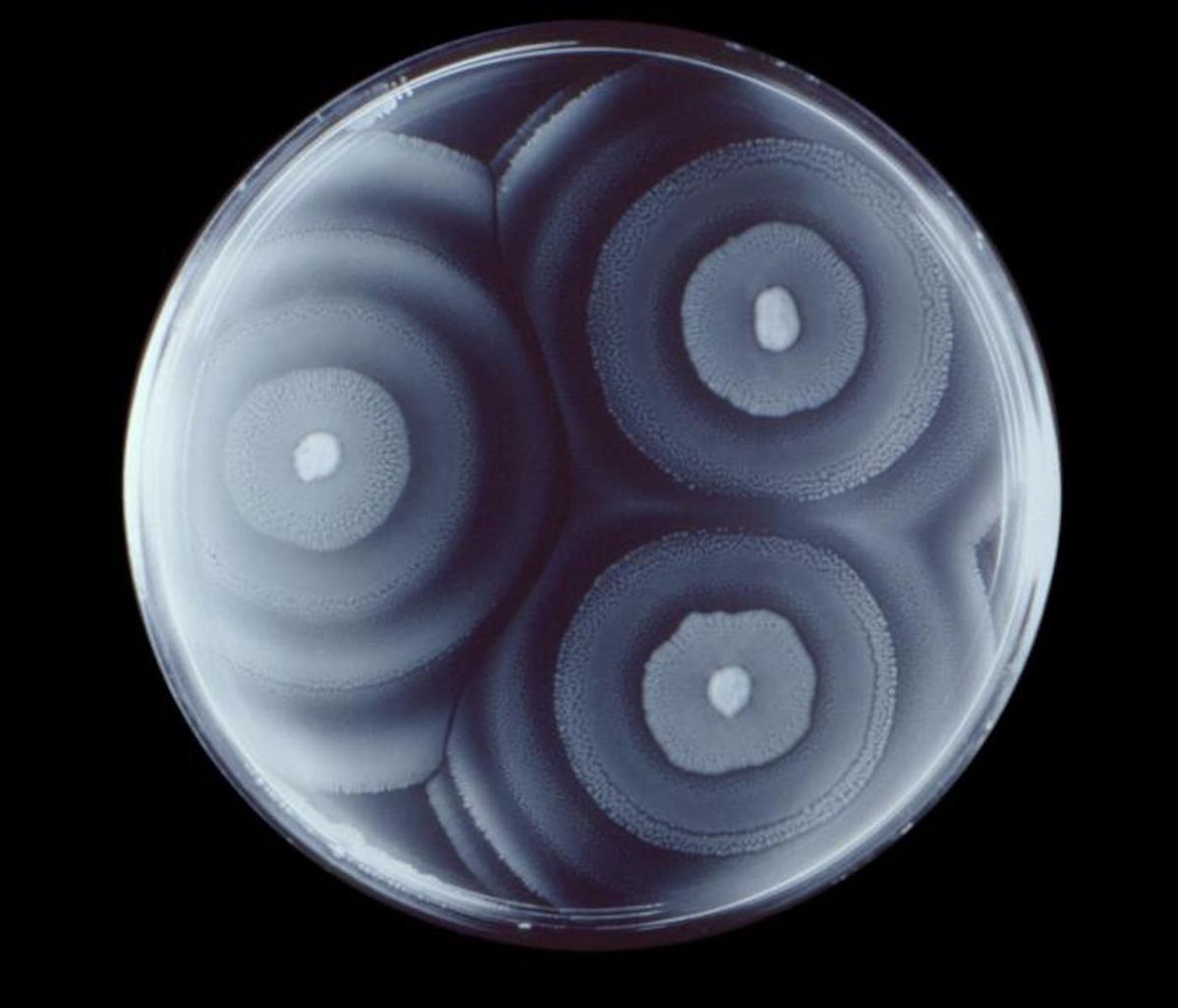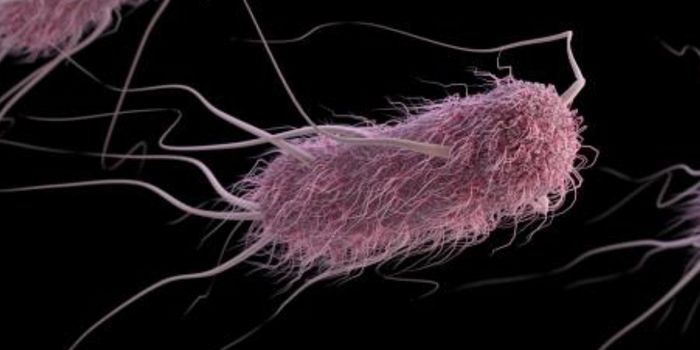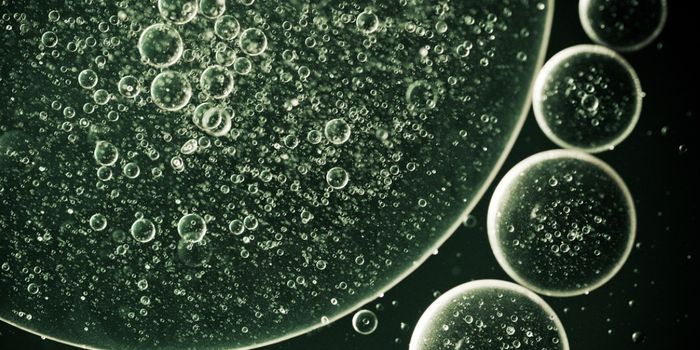Cranberry Extract Increased the Vulnerability of Bacteria to Antibiotics
Because of the misuse and overuse of antibiotics, and the ease with which bacteria share genes (among other reasons), antibiotics aren’t working as well as they used to, which has been called a global health crisis. Common pathogens are becoming increasingly resistant to standard antibiotics (learn more from the video). While drug developers have been trying to create new antibiotics, it may also be possible to fight drug-resistant pathogens by making them more susceptible to antibiotics. Researchers have now found that molecules extracted from cranberries made pathogenic microbes more sensitive to antibiotics, and at lower doses. The bacteria did not become resistant to the microbes during the tests either.
"Normally when we treat bacteria with an antibiotic in the lab, the bacteria eventually acquire resistance over time," explained Nathalie Tufenkji, a McGill chemical engineering professor. Tufenkji was the lead author of a report on the findings in Advanced Sciences. "But when we simultaneously treated the bacteria with an antibiotic and the cranberry extract, no resistance developed. We were very surprised by this, and we see it as an important opportunity."
In this work, the scientists took inspiration from those who drink cranberry juice to stave off urinary tract infections. The three bacteria they used in their experiments cause common infections; causes urinary tract infections; Pseudomonas aeruginosa is to blame for pneumonia; gastroenteritis can come from Escherichia coli. The scientists found that cranberry extract made the bacterial cell wall more porous. It also disrupted a pump that removes antibiotics from the bacterial cell. The extract made it easier for antibiotics to get into the bacteria, and less likely that the drug would be pumped out.
"These are really exciting results," said coauthor Éric Déziel, a professor of microbiology at Institut national de la recherche scientifique. "The activity is generated by molecules called proanthocyanidins. There are several different kinds of proanthocyanidins, and they may work together to deliver this outcome. We'll need to do more research to determine which ones are most active in synergy with the antibiotic."
The researchers tested the cranberry extract on bacteria growing in culture first and then moved to a model of infection using fruit flies. The results were confirmed in the model; the antibiotics were more effective in the presence of cranberry extract. More work will, of course, be needed to ensure that the same effect will be seen in people, but the preliminary results are promising.
"We are eager to pursue this research further," Tufenkji said. "Our hope is to reduce the doses of antibiotics required in human and veterinary medicine as part of efforts to combat antibiotic resistance."
Sources: AAAS/Eurekalert! via McGill University, Advanced Sciences









